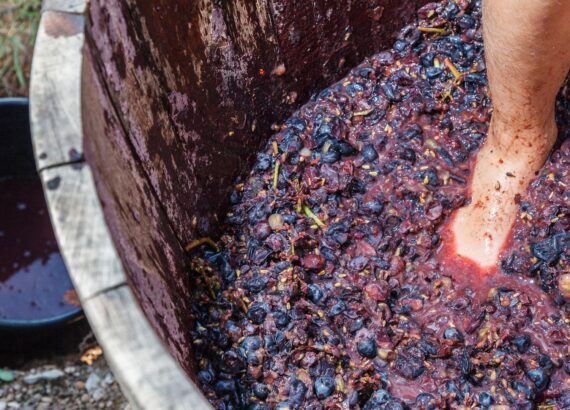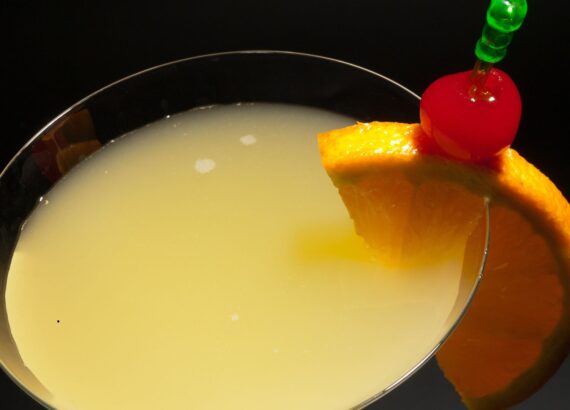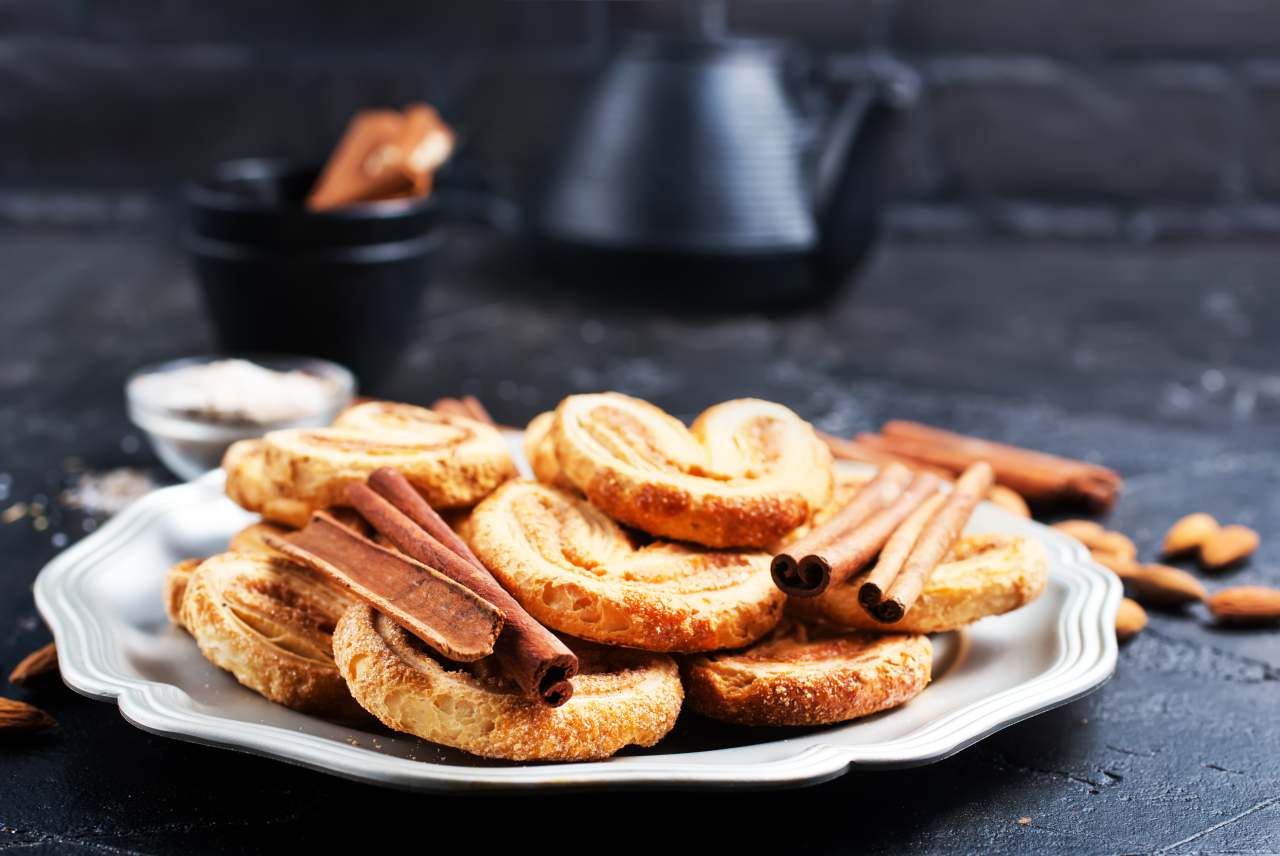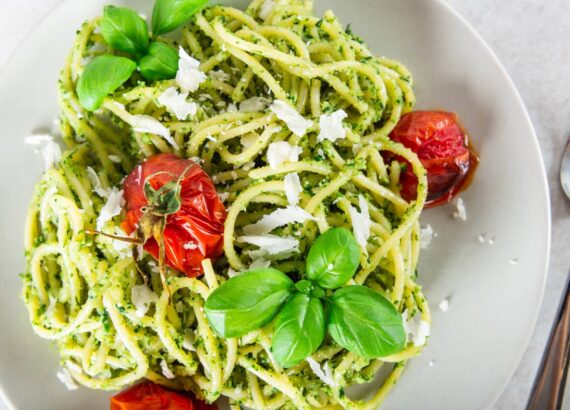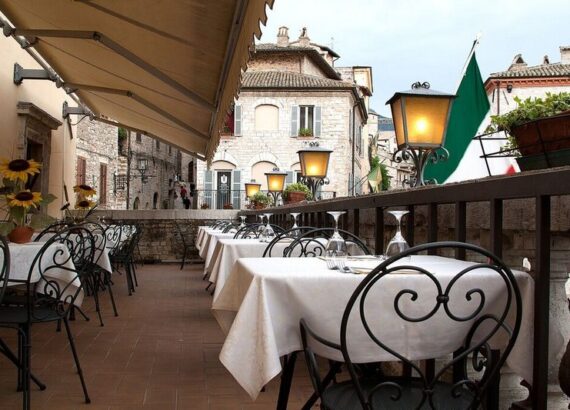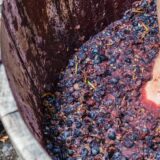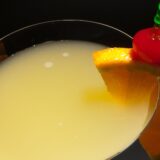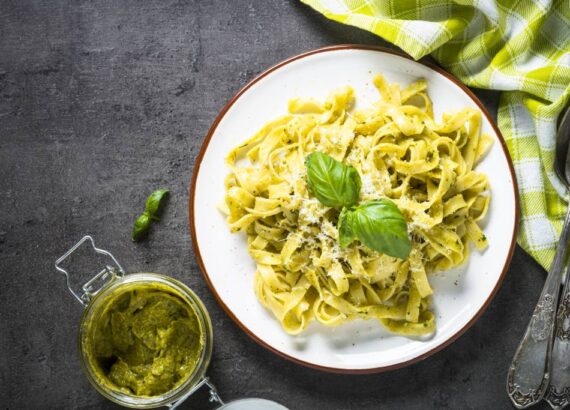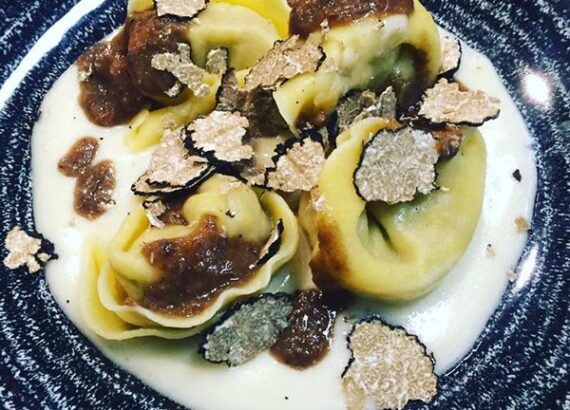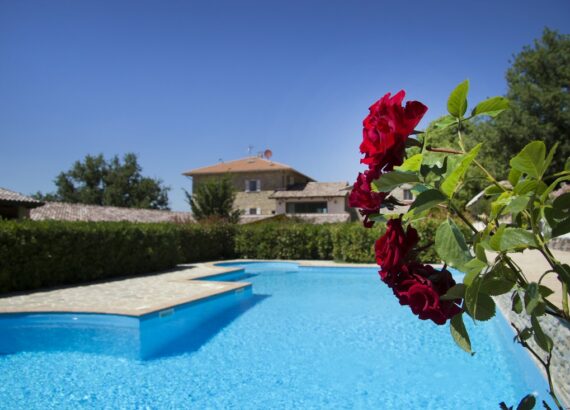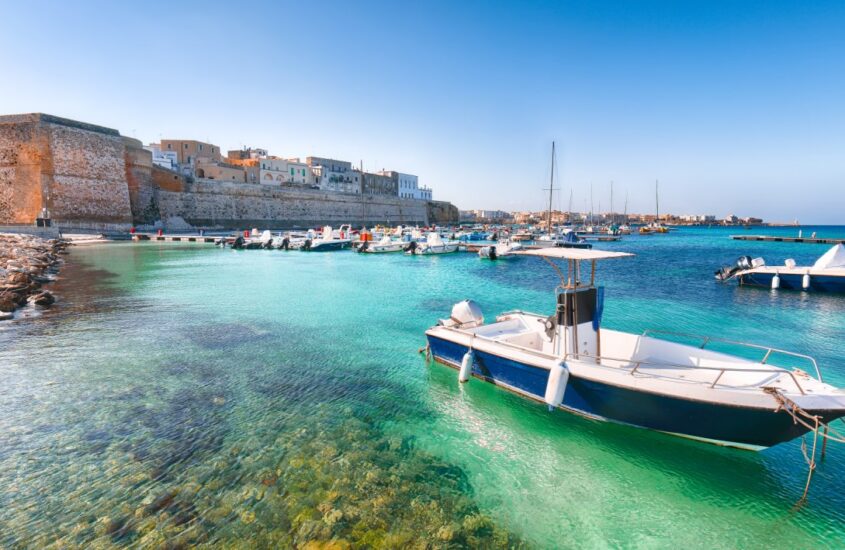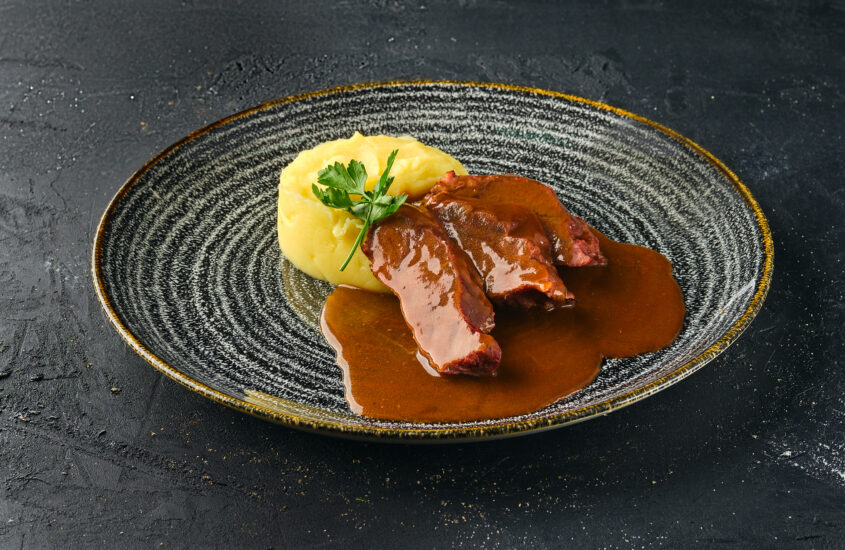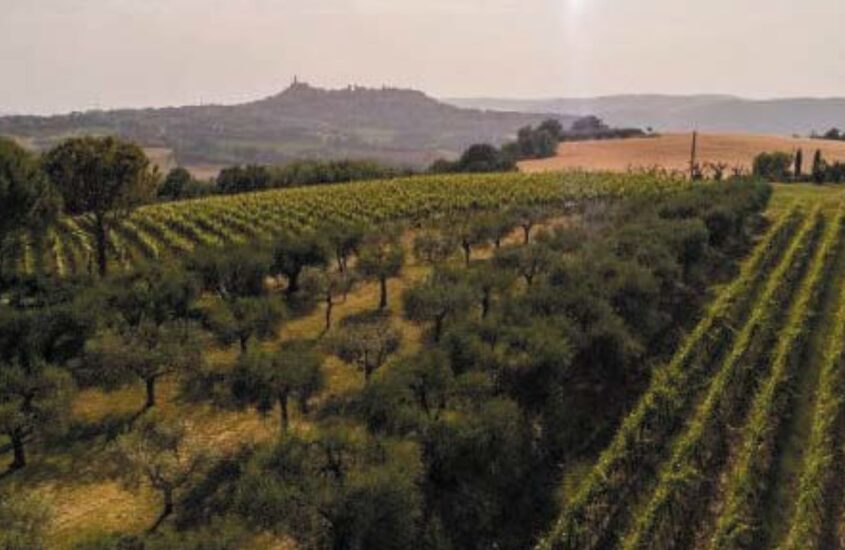Have you ever wondered why biscuits are called biscuits? We need to read some history, assuming that the origins are quite controversial.
There is a legend that sees Jason as its protagonist. Before leaving with the Argonauts in search of the Golden Fleece, he would have ordered the cook to bake some bread to take on the trip. The cook would have fallen asleep and, upon awakening, would have found that bread reduced in volume, flattened and dry. Jason decided to take it with him anyway, and this was the only way to keep it good and crunchy.
The Latins called the ancestor of the biscuits Panis nauticus (‘galletta’ of sailors) or Biscotcus, which means baked twice. It was the ancient Romans who discovered how to bake sweet biscuits: buccellatum and offa, hence the now obsolete name of ‘offella’. Polybius (220-120 BC) and San Marcellino, Pope of the 3rd century AD also speak of biscuits.
In the Middle Ages that of biscuits became a typical recipe of convents. It is said that they were literally snapped up. Today biscuits are among the foods most consumed by Italians, the sector is constantly expanding.
Shortbread biscuits are a sub-category of biscuits, they are made of shortcrust pastry. They fall into the category of bakery products and are in turn divided into: classic shortbread biscuits, enriched shortbread biscuits, whole wheat shortbread biscuits.
Between myth and legend, therefore, biscuits have arrived today in excellent conditions. And today the shelves of shops and supermarkets are full of different types: from the classic ones to those with chocolate, with coconut, with fruit, with cream.
You are spoiled for choice. In recent years, healthy biscuits have also developed more and more in the name of greater attention by consumers for products that, in addition to being good, are also good.
